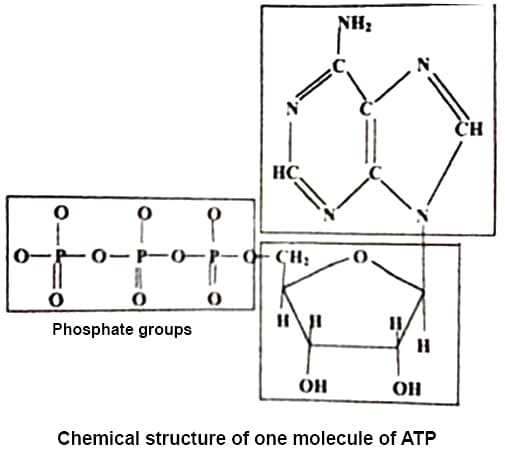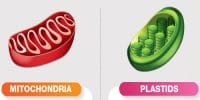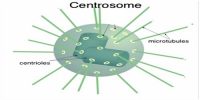ATP: The full meaning of ATP is adenosine tri-phosphate. One molecule of ATP is formed by the combination of one molecule of nitrogen base named adenine, ribose sugar and three molecules of phosphate. ATP mainly acts as a co-enzyme of kinase enzyme ATP is a very high power bio-phosphate
The structure of ATP is as follows:

Adenosine diphosphate is formed from 1 mole ATP through hydrolysis and 7 kilocalories heat energy is released during this process. Likewise, adenosine monophosphatc is formed by the hydrolysis of ADP and same heat energy is released during the process. Thus energy is released during the decomposition of ATP and a lot of energy is required during the synthesis of ATP.
Functions of ATP:
- ATP mainly acts as a co-enzyme of kinase enzyme.
- ATP acts as an essential source of energy for the formation of different macro molecular substances of living bodies.
- ATP supplies energy for different mechanical functions of living bodies.
- ATP supplies energy in order to give out the excretory products from the living bodies
- The energy required to produce enzyme only received from ATP.














